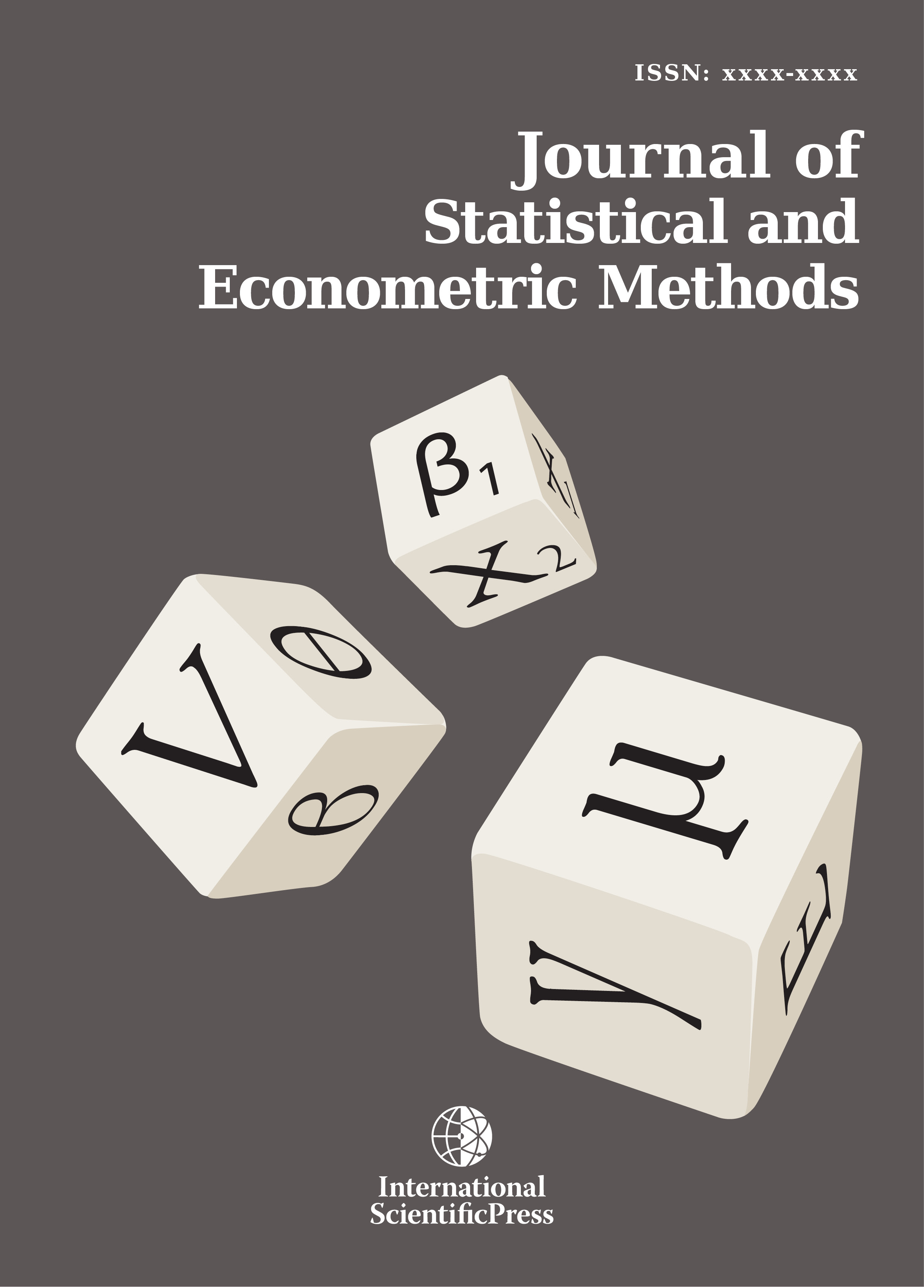Journal of Statistical and Econometric Methods
A Monte Carlo Simulation Study Assessing the Performance of a Bayesian Approach for Identifying Differences in Change Point Location for Two Time Series
-
 [ Download ]
[ Download ]
- Times downloaded: 9785
Abstract
Researchers in a variety of fields work with sequential data, such as measurements made over time. In some instances, one or more of the moments (e.g., mean, variance) of the series may change abruptly at some point in the sequence, yielding what is known as a change point. There is a broad literature describing methods for change point detection. Researchers working with multiple sequential series containing change points may be interested in comparing the locations of these changes. Recently, a method for comparing the locations of 2 or more change points in 2 or more series using a Bayesian estimator has been described in the literature. The purpose of the current Monte Carlo simulation study was to extend this earlier work by assessing the performance of this approach with time series of between 20 and 200 measurements in length, for a normally distributed measurement process. Results of the simulation revealed that the method always controlled the Type I error rate, and had power of 0.75 or higher for series of 50 measurements or longer, when the variance in measurements was relatively low.
Keywords: Change point, Bayesian analysis, Time seriesMathematics Subject Classification: C11, C14, C22
